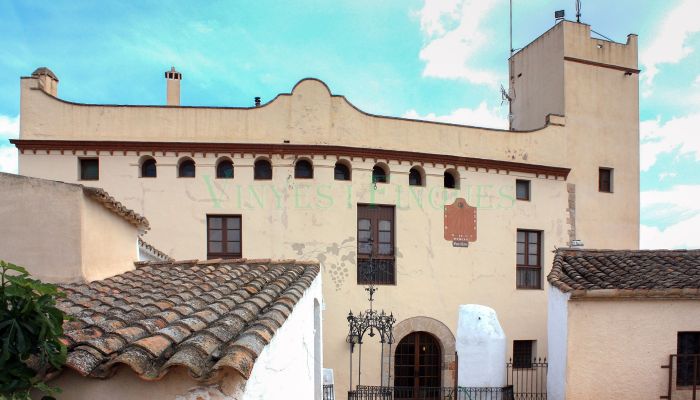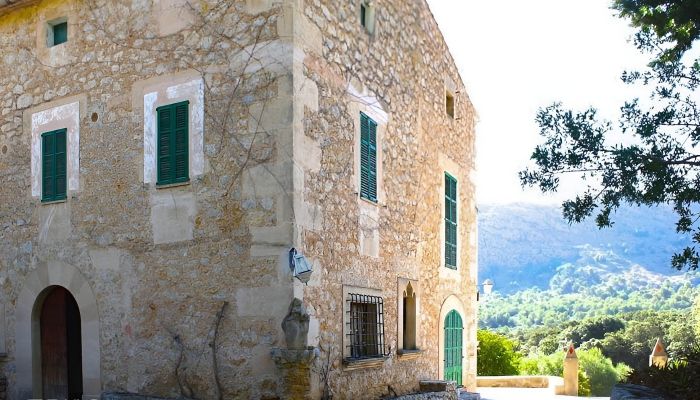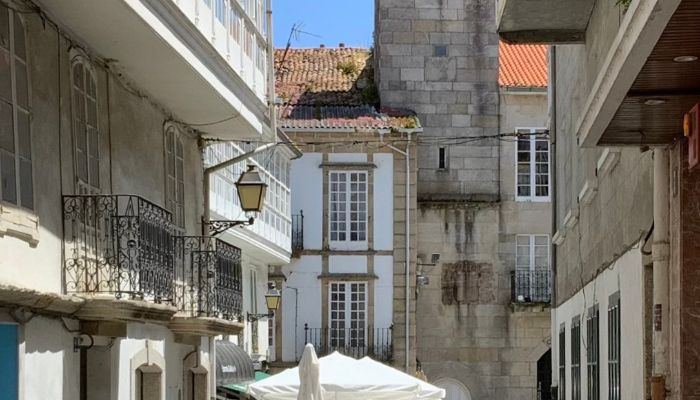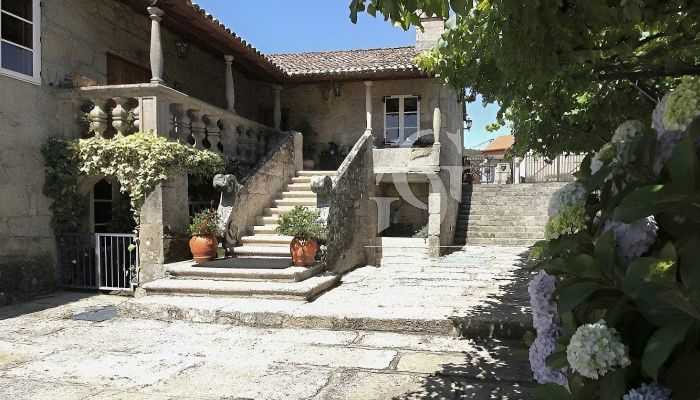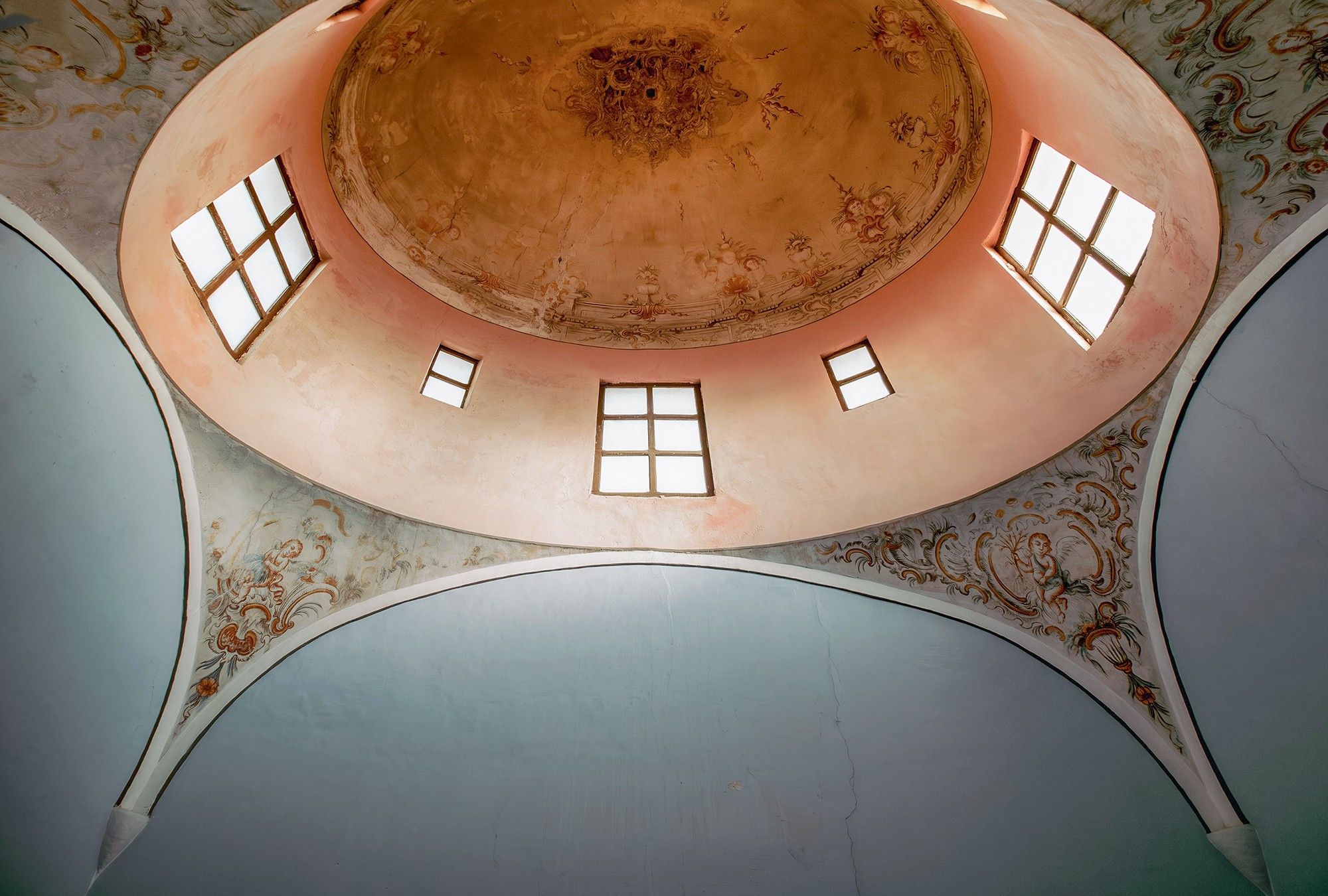Castile-La Mancha: The Quiet Heart of Spain
When people think of Spain, their minds often go first to islands, tapas bars and throngs of tourists. Yet beyond the crowded holiday hotspots lies a landscape that never demands attention loudly - and precisely because of that, it moves the soul. Castile-La Mancha was once the heartland of the Spanish crown and is today best known through Miguel de Cervantes’ novel Don Quixote de la Mancha, where the vast, arid plains dotted with windmills, castles and villages form the backdrop of one of the world’s most famous chivalric tales. Indeed, this quiet center of Spain is rugged, honest and steeped in history.
While international buyers often head to the well-known coastal regions, Castile-La Mancha remains something of a hidden gem. For culture enthusiasts, connoisseurs of historic architecture, and prospective buyers alike, exploring these off-the-beaten-path areas is well worth the effort. The further one ventures on this journey of discovery, the more astonishing it becomes how many Spanish manor houses have remarkably stood the test of time.
Castile is not Mallorca – and that’s exactly what makes the region twice as interesting
But it’s not just the buildings themselves that draw people to Castile – the favorable conditions play a big part as well. On the one hand, foreign buyers are generally welcome here; on the other, property prices often hold pleasant surprises – sometimes even real bargains. Nowhere else in Spain can you find so many architectural treasures with genuine historical value.
Of course, many properties require modernization or restoration. Anyone planning to use such a property for tourism or commercial purposes should have the necessary resources. That said, habitable homes with solid construction and historical character can still be found in Castilla-La Mancha, typically ranging from the mid five figures to the low six figures.
Chinchilla: Architectural Grandeur in Narrow Streets
Not far from the provincial capital of Albacete, the historic hilltop town of Chinchilla de Monte-Aragón overlooks the surrounding landscape. Once more prominent than Albacete itself, the town still retains its architecturally charming character, crowned by the striking fortress known as the Castillo de Chinchilla de Montearagón.
A stroll through the cobbled streets reveals numerous stately residences. These so-called casas solariegas are comparable to Italian palazzi – grand historic townhouses that reflect the rise and social standing of Spanish noble families in the 18th and 19th centuries.
Just a few steps from the old town center, the Plaza de la Mancha, the path leads southward into Calle Virgen de las Nieves. The very first narrow alley on the right appears unassuming, almost easy to overlook. Yet anyone who looks up will unmistakably notice the ornate doorway and a glass dome.
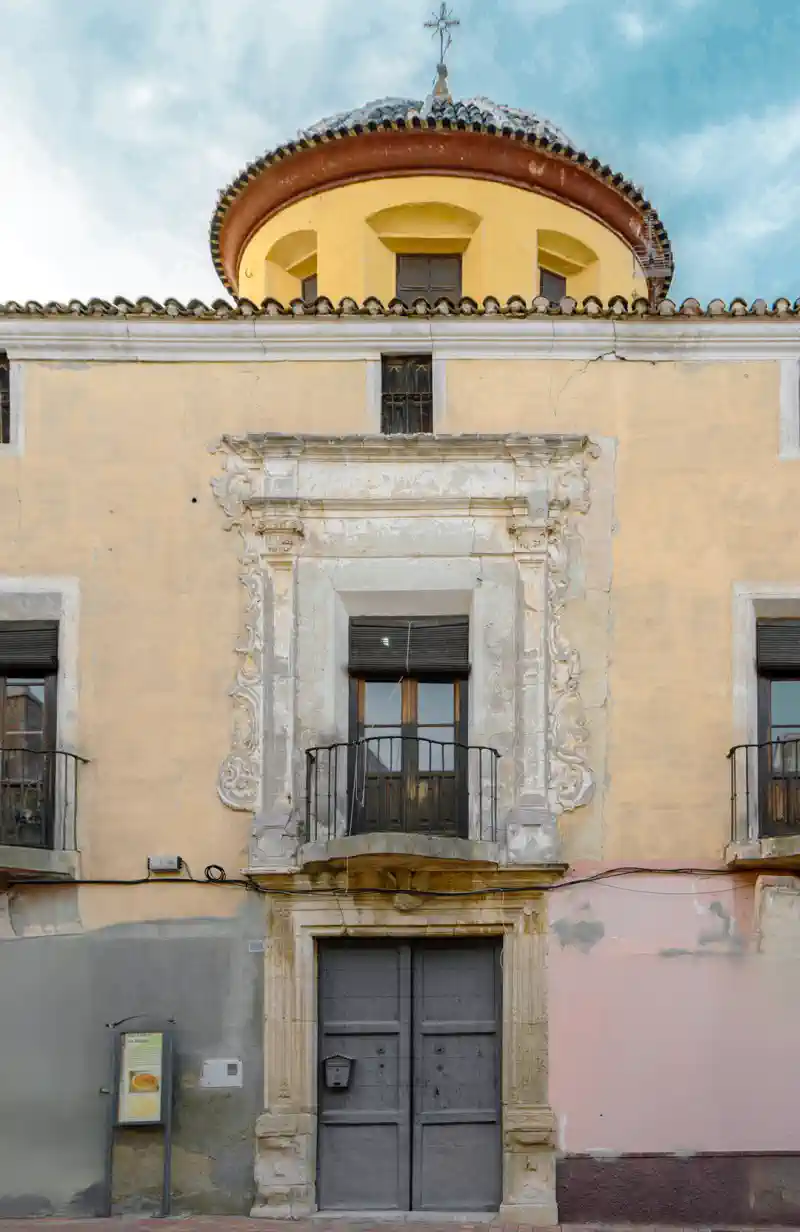
A House with a High Dome - And a Low Price
The eponymous dome gives the Palacio de la Cúpula its distinctive character. Hidden away in one of the narrow alleys, the building stands out from the other stately homes in Chinchilla precisely because of this architectural feature. Behind the modest façade, light floods into the spacious hall, which opens onto an expansive townhouse with an inner courtyard and rooftop terraces.
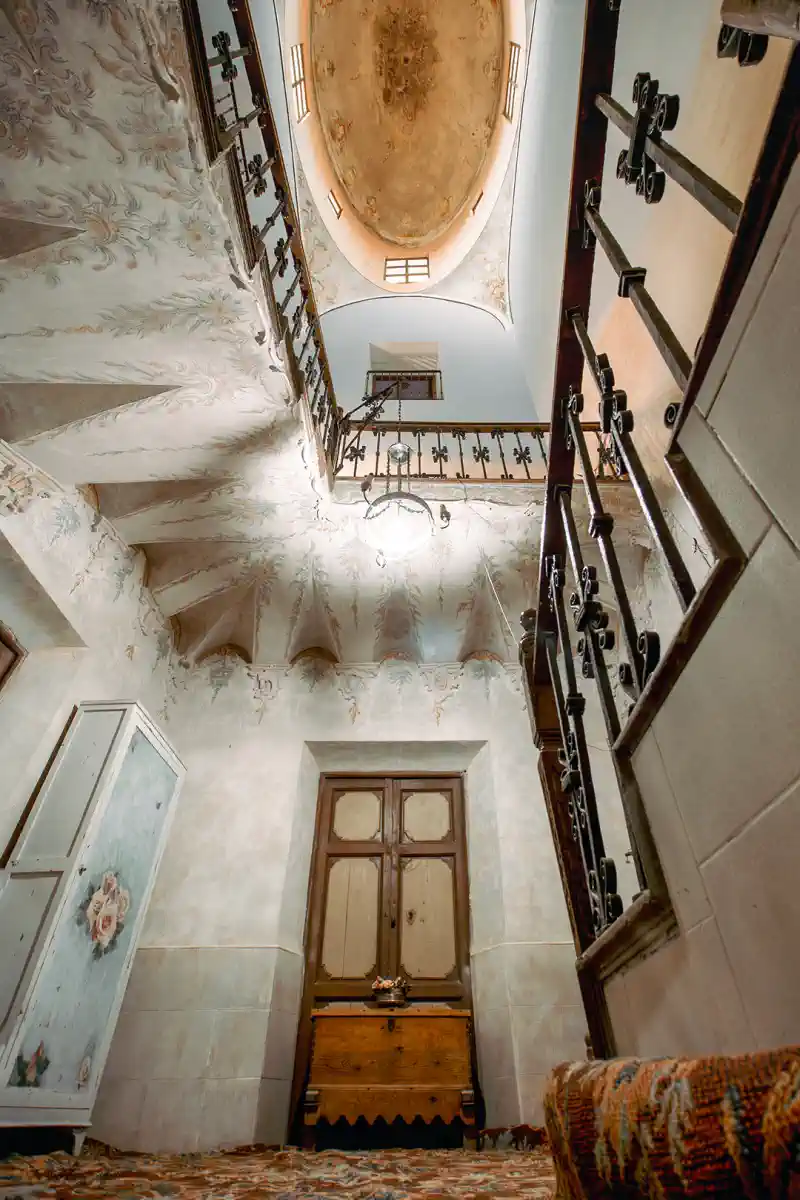
Upstairs, the charm of the historic rooms unfolds: paneled salons adorned with decorative paintings and original furnishings - including fine porcelain, lace dresses, and furniture in the style of Isabel II - offer a vivid glimpse into the residential culture of the Spanish nobility in the 18th and 19th centuries, even though the house later passed into bourgeois ownership.
The building was constructed around 1770 by Field Marshal Jerónimo Moreno Frías, which is why it officially bears the name Casa Solariega de los Moreno. Later, it was inhabited by his grandson, who was appointed senator by royal decree in 1872. Subsequently, it served as both home and practice for a renowned physician - a legacy still evident today in the preserved collection of medical instruments. The house’s history remains tangible through its rooms and objects.
Originally, Palacio de la Cúpula encompassed additional wings, which were later separated, making the property more manageable by today’s standards - yet it still boasts an impressive 18 rooms spread over 600 square meters.
One of the unique selling points of this palace, now offered on REALPORTICO, is not only the highly attractive price of €239,000 but also the modernized, habitable living unit in the attic, complete with a rooftop terrace and stunning views.
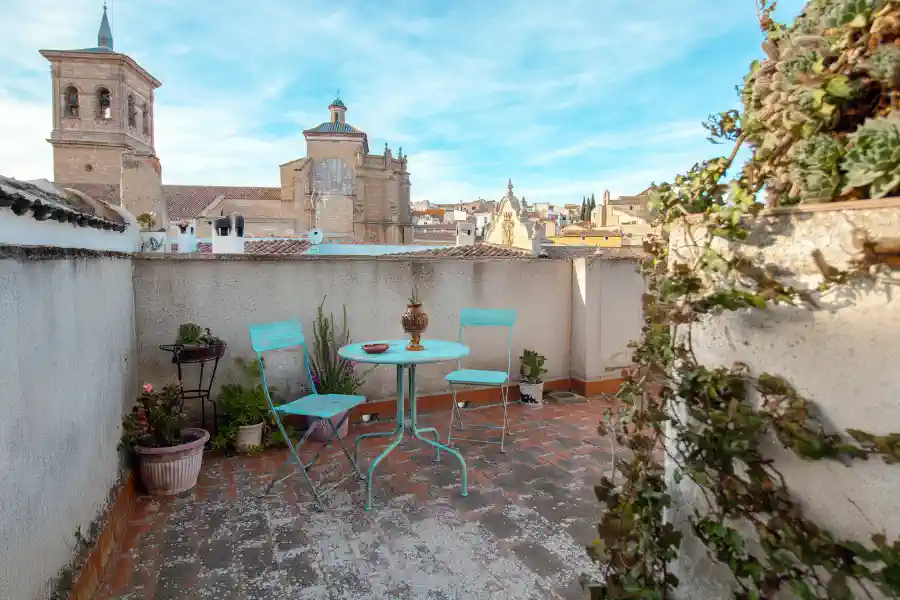
Private Residence, Secret Museum, Film Location
Nicknamed the “Secret Museum” far beyond the borders of Chinchilla, this palace exudes a rare charm that captivates every visitor. Due to growing interest, the owner occasionally opens its doors for exclusive guided tours, inviting guests to wander through ancient vaulted cellars, a luminous courtyard, and the elegant upper floors. Beyond that, the palace hosts carefully curated events that celebrate its unique heritage.
The authentic, time-worn interiors offer a cinematic backdrop that rivals any professional film set - no wonder it’s a favorite for photoshoots. Most recently, it starred as the evocative setting of El velo del ayer ("The Veil of Yesterday"), a critically acclaimed short film by emerging artist Andrea Torres from nearby Albacete.
More than just a stunning location, visitors consistently speak of an inspiring spirit that lingers in the air - a vibe future owners will treasure. Here lies a rare chance to embrace and extend the cultural, touristic and private legacy of this iconic urban landmark, all while enjoying the comfort of move-in-ready living spaces.
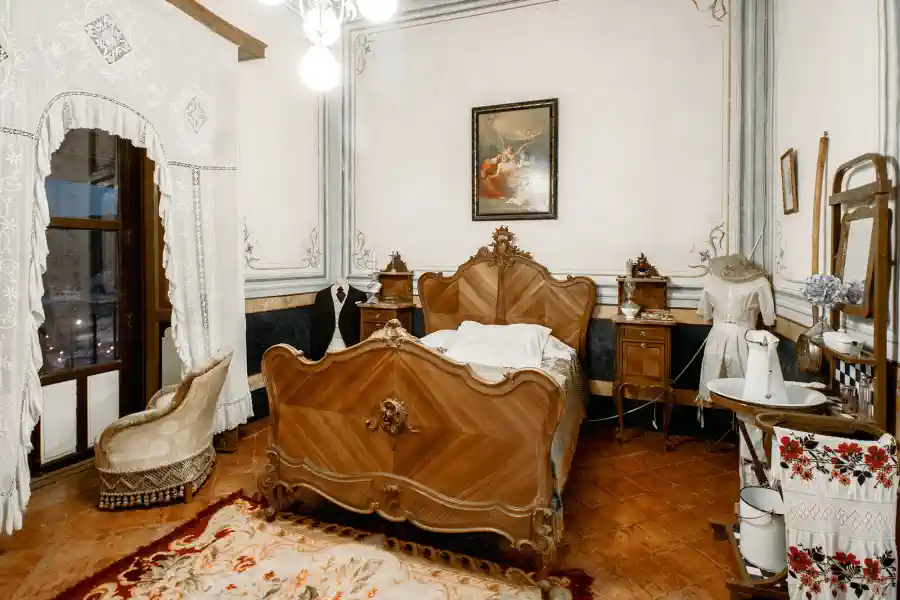
Photos by Andrea Torres

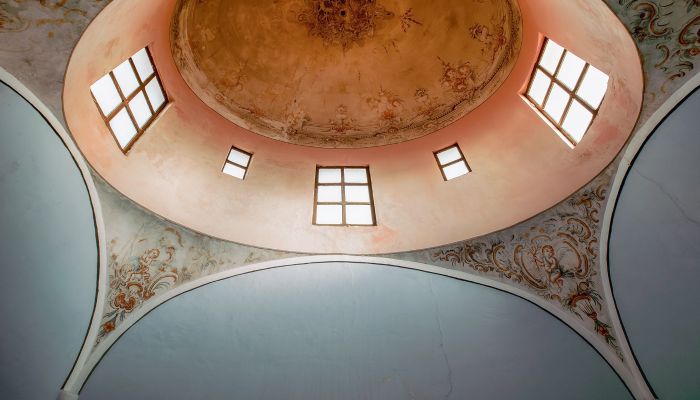
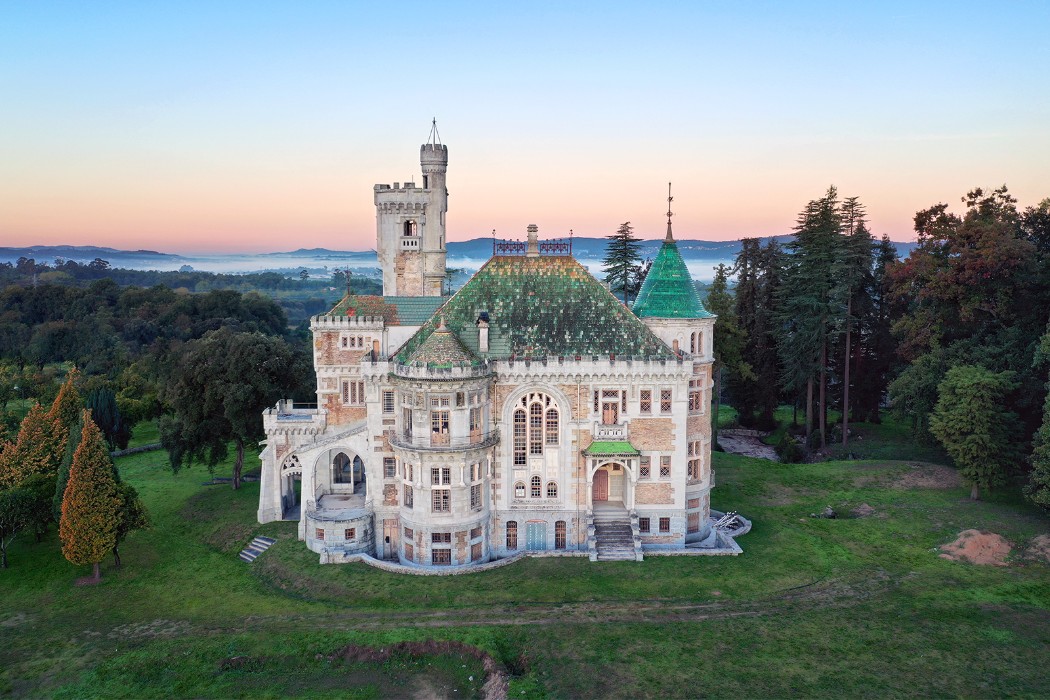

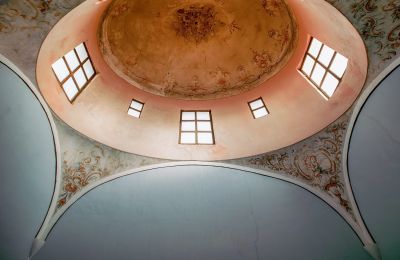
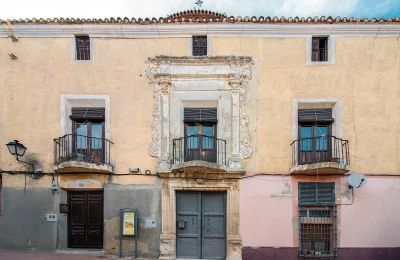
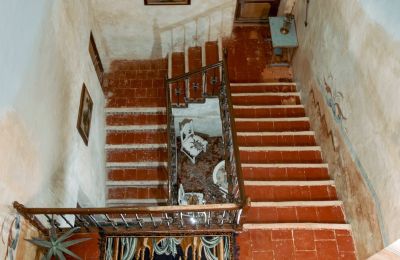
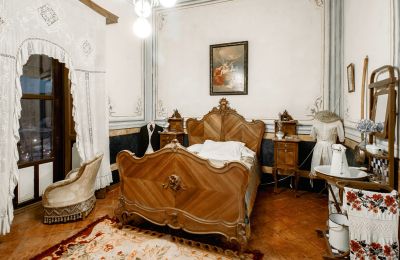
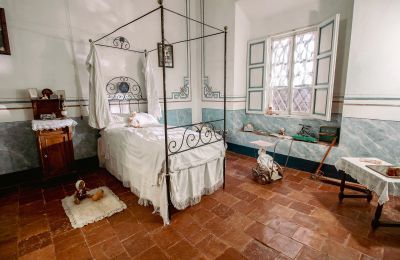
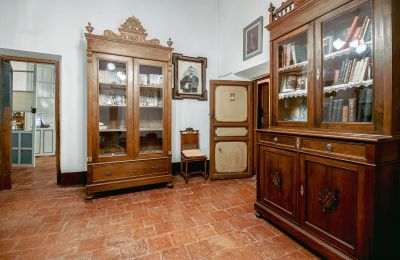
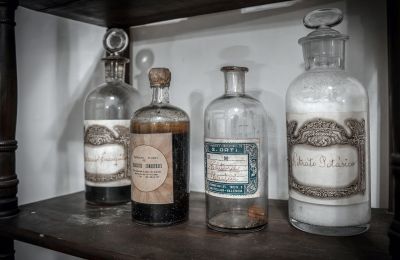
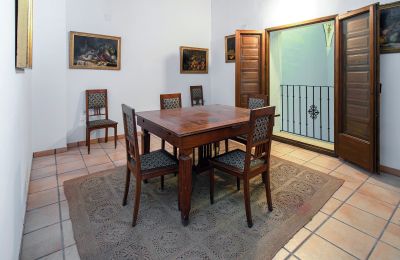
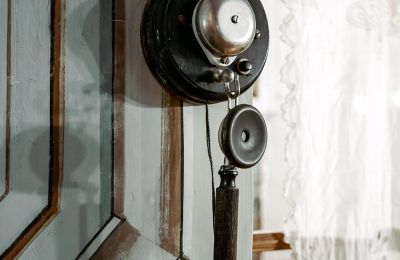
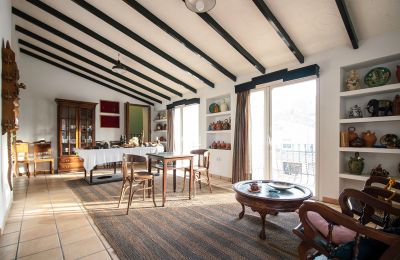
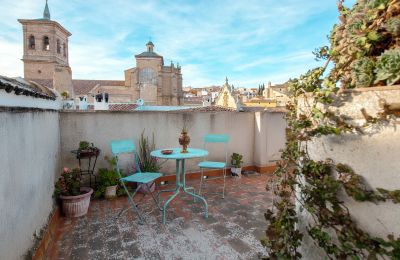
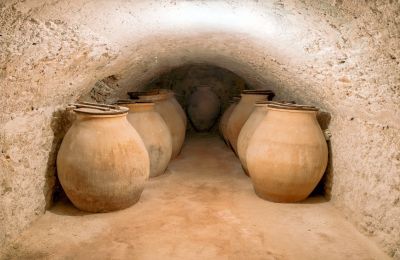
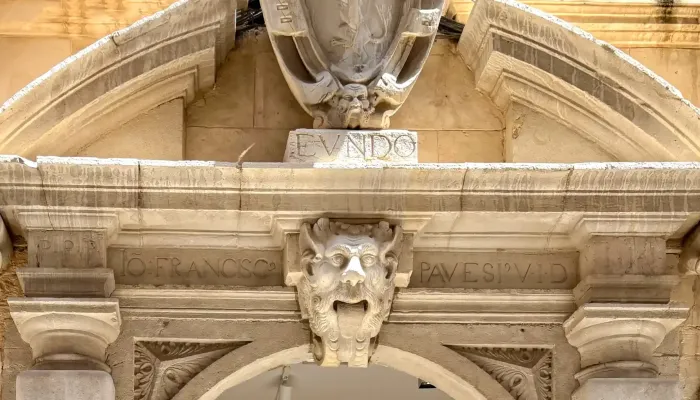
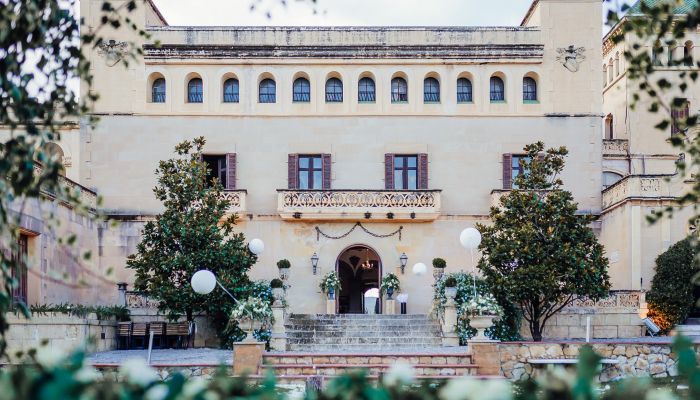
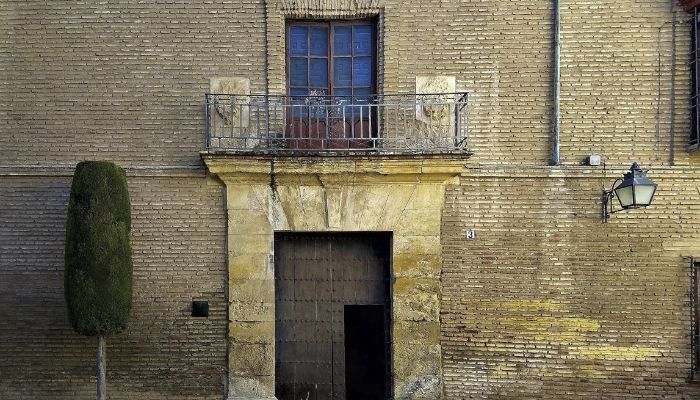
 Córdoba, Andalusia
Córdoba, Andalusia
